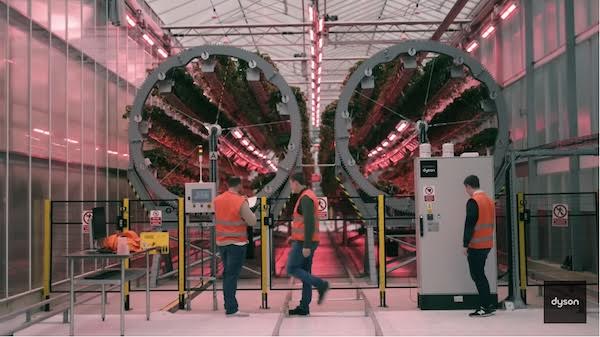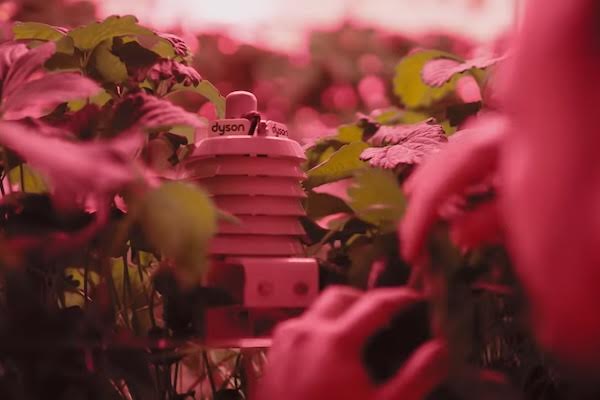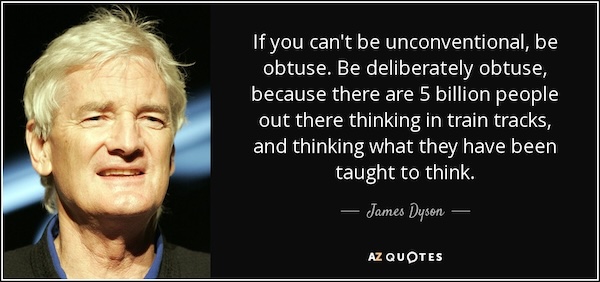James Dyson, renowned for transforming household technology with high-performance vacuum cleaners and innovative fans, has quietly taken a bold step into the world of agriculture. In 2013, his company acquired farmland in the English countryside, a venture few expected from the inventor behind rollicking machines. But Dyson’s leap into vertical farming is far from whimsical. It reflects a deeper fusion of his engineering ethos, childhood roots, and a compelling vision for sustainable food systems.
Growing up in rural England, Dyson was no stranger to farming. In his youth, he helped haul potatoes, laying the groundwork for a life-long fascination with how things are made and how they work. This formative experience, intertwined with his later success in design and manufacturing, naturally led Dyson to view farming through the lens of engineering. As he recently explained, growing things is like making things. “I’m a manufacturer, and in a way, I’ve approached farming from that standpoint. Designing products and cultivating sustainable crops, therefore, are not as far apart as they might seem, as both require systems thinking, precision, and a relentless drive to improve.”
Dyson Farming, as the venture is now called, has expanded to 36,000 acres across the UK, with a flagship 26-acre glasshouse in Lincolnshire. This greenhouse is the site of Dyson’s latest engineering triumph, the Hybrid Vertical Growing System. Imagine a Ferris-wheel–style carousel, 26 yards long and more than 5 yards high, rotating rows of strawberry plants to expose them evenly to sunlight. This clever vertical design packs more rows of plants into less space, increasing yield and maximizing natural light. Dyson’s engineers crafted every aspect in-house, from wiring to drainage systems, to ensure optimal performance under British climate conditions.
The innovation doesn’t stop with the carousel. State-of-the-art sensors measure photosynthetically active radiation, humidity, CO₂, and temperature. This data informs precisely when to supplement sunlight with LED lighting, optimizing energy use while maintaining plant health. Water efficiency is similarly refined, using a closed-loop recycling system that conserves resources and minimizes waste. Overall, the result has been nothing short of dramatic: Dyson grew 1.2 million strawberry plants and reported a 2.5‑times yield increase compared to standard greenhouse farming.
This engineering mindset extends into robotics and automation, areas where Dyson’s technical expertise excels. Robots glide through the greenhouse, shining UV light to mitigate mold growth and releasing beneficial insects to control pests, eschewing chemical pesticides entirely. When strawberries ripen, mechanical arms pluck only the best fruit, using machine vision and precision craftsmanship. In one month alone, the system yielded 200,000 strawberries picked by 16 robotic arms. For Dyson, who built his reputation on meticulous engineering and performance, applying that rigor to agriculture felt like a natural extension.
Behind the scenes, Dyson Farming isn’t just a technological marvel; it’s part of a closed-loop system intimately integrated with renewable energy. Crops from other fields are fed into anaerobic digesters to produce biogas. This gas feeds generators that not only power the glasshouse but also heat it and supply CO₂ to optimize plant growth. The waste, called digestate, enriches the surrounding soil, while rainwater caught on the greenhouse roof supports irrigation. This holistic design aligns with Dyson’s commitment to environmental stewardship and food security.
One significant motivator for Dyson is Britain’s overreliance on imported produce during the winter months. Up to 90% of the UK’s strawberries come from abroad, often traveling over 2,300 air miles and resulting in diminished freshness and quality. His system offers a path to year-round domestic production that supports local economies, reduces food miles, and delivers higher-quality fruit to consumers. Beyond strawberries, this project signals a broader mission to redefine modern agriculture through technology and data. It’s part of a larger regenerative strategy that includes wheat, barley, potatoes, livestock, and biodiversity initiatives. Dyson Farming aspires to prove that farms can be both productive and sustainable when guided by discipline and innovation.
Crucially, Dyson views this not as a short-term experiment, but a long-term investment in Britain’s farming future. With about $182 million already invested, the endeavor is about far more than profit margins; it’s about nurturing resilience and sustainability. As one Dyson engineer noted, half the profits come not from the berries, but from the sale of electricity generated by the biogas plants. The strawberries themselves are more of an image and an experimental project. This aligns with Dyson’s character of combining engineering ambition with practical, environmental impact.
A deeper purpose also underpins Dyson’s agricultural ambition. He sees farming as the next frontier for manufacturing, the next domain where intelligence, machinery, and sustainability converge. There is a real opportunity for agriculture to drive a technological revolution, and vice versa, he explained. In doing so, Dyson Farming may set the blueprint for how future food systems operate, resulting in precise, automated, environmentally integrated, and surprisingly elegant systems.
James Dyson’s foray into vertical farming reflects a seamless extension of his engineering roots, a desire to address systemic challenges in the food supply, and a commitment to sustainable innovation. By applying Dyson-level precision to agriculture, he’s demonstrated that food production, like vacuum cleaner motors, can be improved dramatically through clever design, automation, and closed-loop efficiency. If success follows this trajectory, what began with strawberries could alter how the world grows food for the better. Learn more about Dyson Farming HERE. (Source: FastCompany , NewAtlas, Franksworld.com)










